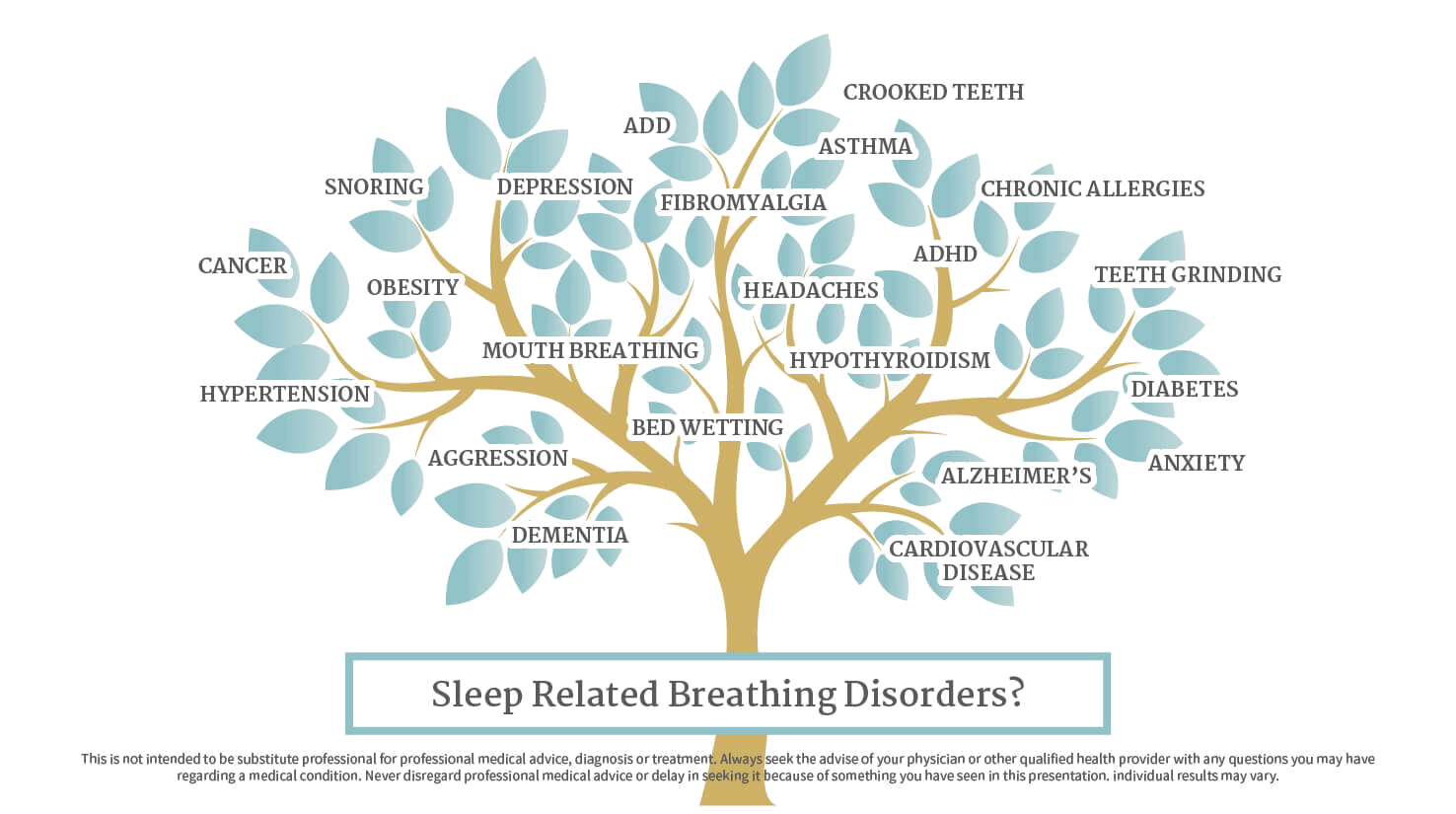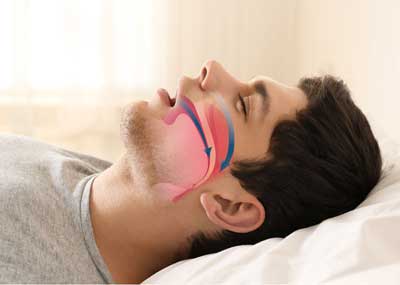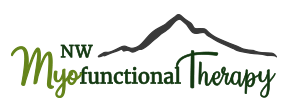Sleep Disordered Breathing
Sleep and health have been becoming increasingly more linked as research continues to dive into how getting enough quality sleep is vitally important if we want to live a happy and healthy life. So often, we blame our poor sleep on busy lifestyles, too much time in front of screens, and working more than resting.
These lifestyle factors do contribute to lack of healthy and restful sleep, but what if there’s something more happening? What if there is a physical condition that is causing not only poor sleep, but impacting your overall health. It has become a well-known fact that sleep apnea can be very dangerous for your health. However, sleep apnea isn’t the only breathing-related problem and symptom that can prevent you from getting the restful sleep you need. This group of conditions is known as “sleep disordered breathing”, and it includes symptoms ranging from excessive snoring to grinding teeth to full blown obstructive sleep apnea.
How Bad Is Sleep Disordered Breathing?
People who chronically experience sleep disordered breathing may have their sleep patterns disrupted night after night. Think about how you feel after a few bad nights of sleep. Grumpy? Exhausted? Feeling foggy? Falling asleep at your desk? Think about a few nights versus feeling this way for months and months or even years.
Lack of sleep isn’t just about being tired. It leads to serious health issues too. Sleep apnea in children has been linked to conditions including ADD, reduced IQ, and developmental issues, and can even stunt a child’s growth. In adults, lack of sleep has been associated with a number of long-term problems involving chronic medical conditions such as heart disease, high blood pressure, and diabetes. Any of these can lead to a shorter and less enjoyable life.

Does Mouth Breathing Change Your Face?
Sleep apnea is directly linked to airway health, and a narrow airway is one of the biggest risk factors in developing obstructive sleep apnea. Children who breathe through their mouth can experience changes in orofacial growth and development. Whether the child has developed a mouth breathing habit because of congestion or because they’re tongue-tied, mouth breathing kids often develop narrow palates and smaller jaws, along with a lack of forward facial growth, so their faces are longer and narrower.
- Underdeveloped jaws
- Changes to facial appearance
- Bad breath
- Stomach pain and problems
- Problems with braces and dental treatment
- Delayed speech and language development in children
- ADD and ADHD-like symptoms in children
Specific causes of mouth breathing can include:
- Food sensitivities and allergies
- Enlarged tonsils or adenoids
- Chronic nasal congestion
- Respiratory infection
- Asthma
- Deviated septum
- Nasal polyps
Each of these issues can make it difficult or impossible for a person to breathe through their nose. And when this happens, their only option is to breathe through their mouth. If this isn’t corrected, it can become a habit that’s set for life.
Sleep Apnea Research & Myofunctional Therapy
A 2015 study titled “Myofunctional Therapy to Treat Obstructive Sleep Apnea: A Systematic Review and Meta-analysis” looked at a number of previous studies and concluded:
Current literature demonstrates that myofunctional therapy decreases apnea-hypopnea index by approximately 50% in adults and 62% in children. Lowest oxygen saturations, snoring, and sleepiness outcomes improve in adults. Myofunctional therapy could serve as an adjunct to other obstructive sleep apnea treatments.
This couldn’t be truer. Myofunctional therapy is an incredibly effective component of any approach to treating sleep apnea.
Prevention Is Better Than Cure
Myofunctional therapy is a great place to start and address a mouth breathing habit. The reason children can experience such profound developmental changes from a mouth breathing habit is that their bones and structure can be easily changed and influenced. With children and the right intervention, we can remodel their facial structure far more easily than we can in adults.
In Adults
Myofunctional therapy exercises can have a huge impact on adults too. In fact, some of my patients are in their 60’s and 70’s and they get great results as well. It’s never too late to address sleep apnea and other breathing or airway issues.

